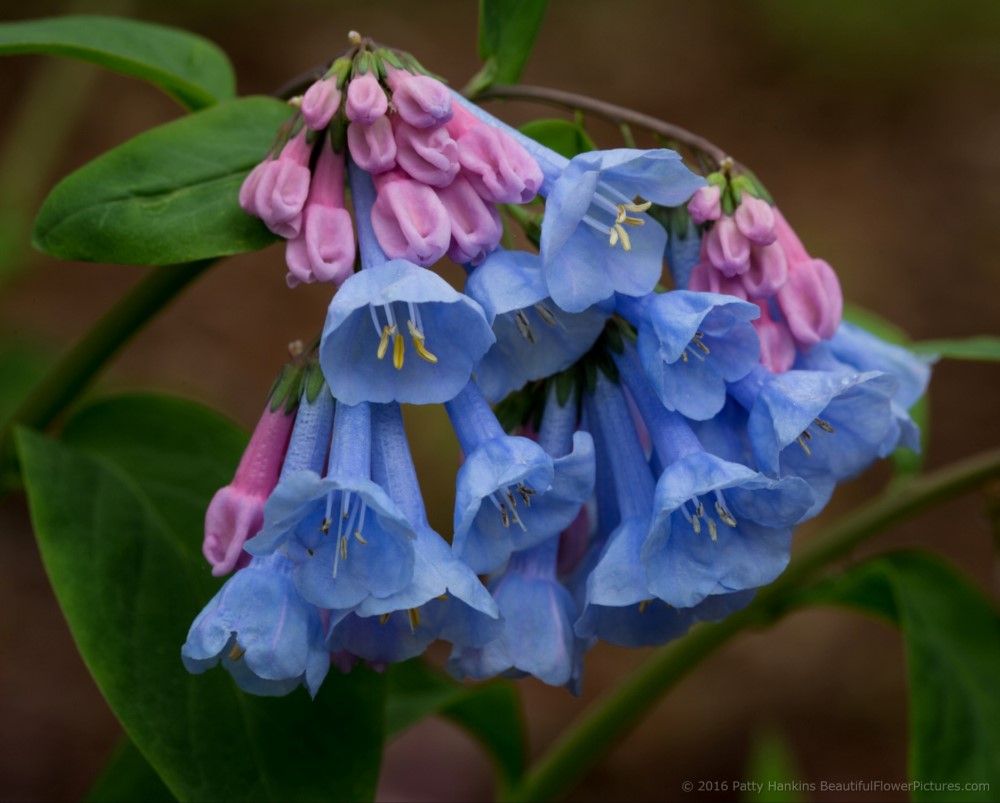
by hankinslawrenceimages | Jan 27, 2016 | Boraginaceae Family, Colorado, Flowers, Tennessee, Virginia, Wildflowers
Continuing with my efforts to edit and share some of the photos in the backlog on my hard drive – I thought I’d share some photos of native plants that are members of the Boraginaceae (Borage or Forget Me Not) family. Members of the borage family are known for their alternating leaves, many of which are hairy. The flowers usually have five lobes and are tubular shape.
Virginia Bluebells (mertensia virginica) are the member of this family that I photograph most frequently. I know several places here in the DC area where they bloom each spring. Last year, I found some wonderful Virginia Bluebells at Lewis Ginter Botanical Garden in Richmond to photograph.
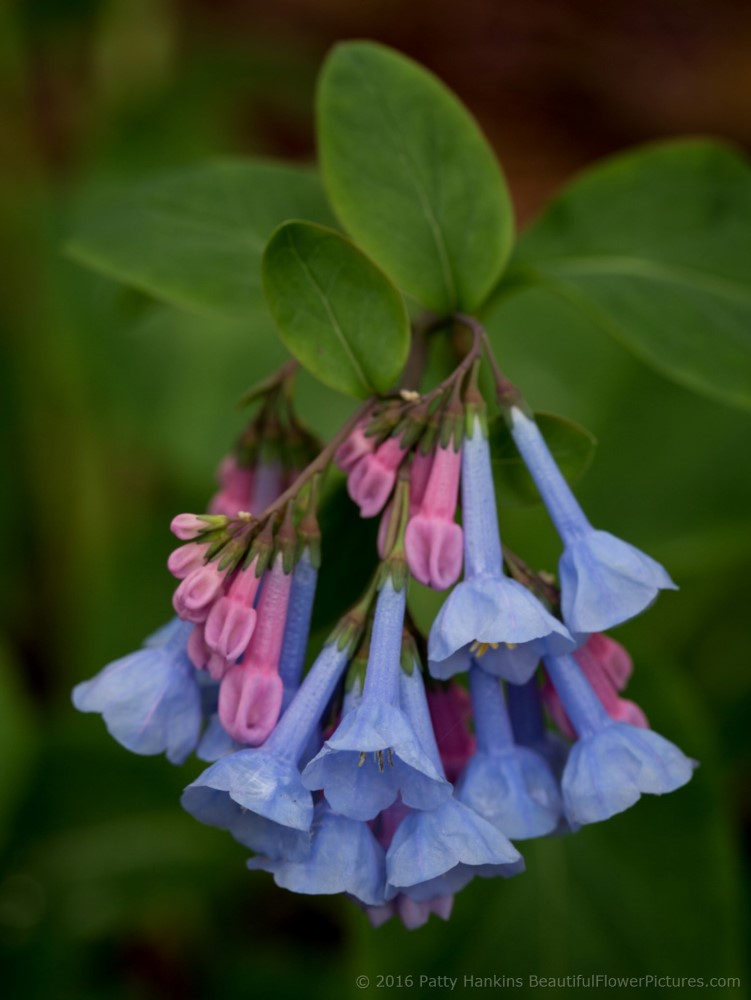
Virginia Bluebells – mertensia virginica © 2016 Patty Hankins

Virginia Bluebells – mertensia virginica © 2016 Patty Hankins
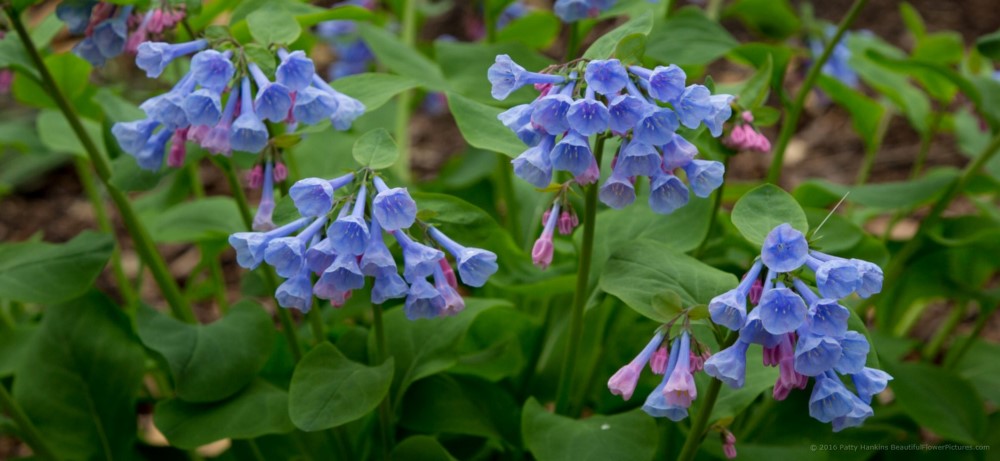
Virginia Bluebells – mertensia virginica © 2016 Patty Hankins
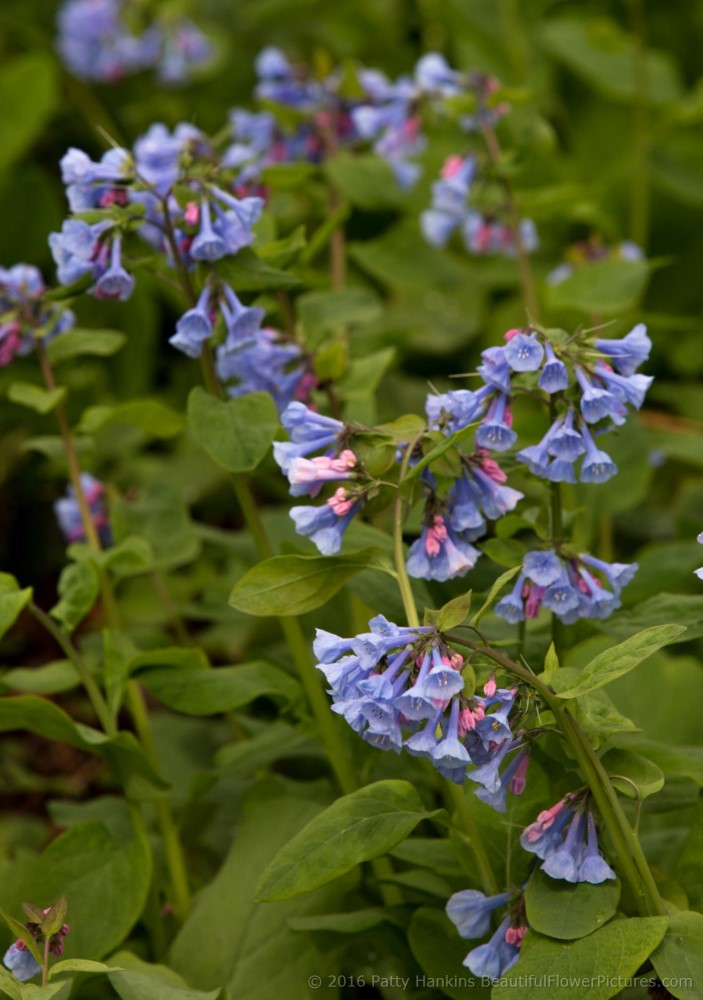
Virginia Bluebells – mertensia virginica © 2016 Patty Hankins
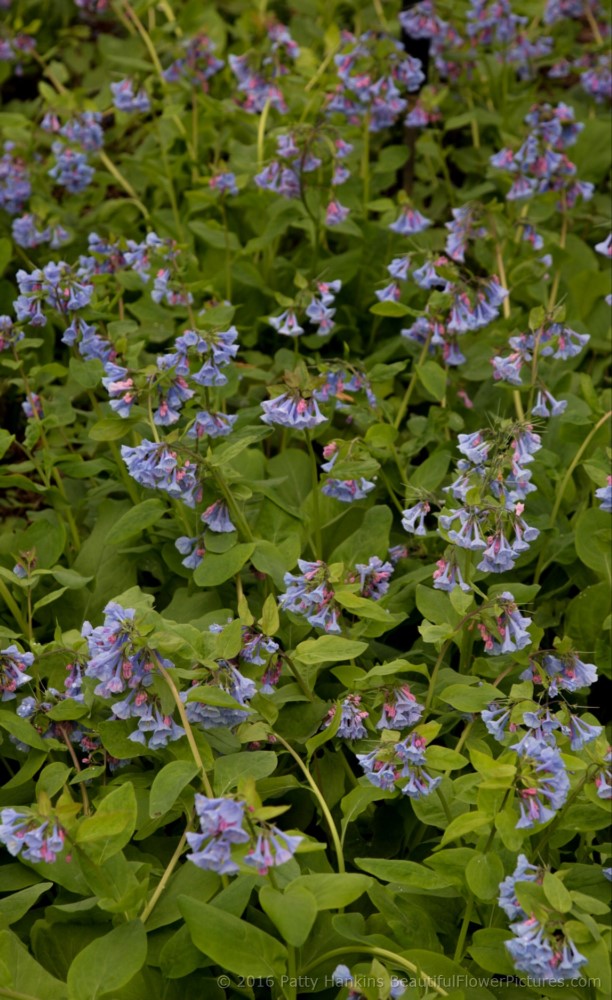
Virginia Bluebells – mertensia virginica © 2016 Patty Hankins
Purple Phacelia (phacelia bipinnatifida) is one of the wildflowers I see every spring in the Great Smoky Mountains National Park. If you’re in the park at the right time of year it can seem as if the roadways are lined with purple phacelia.
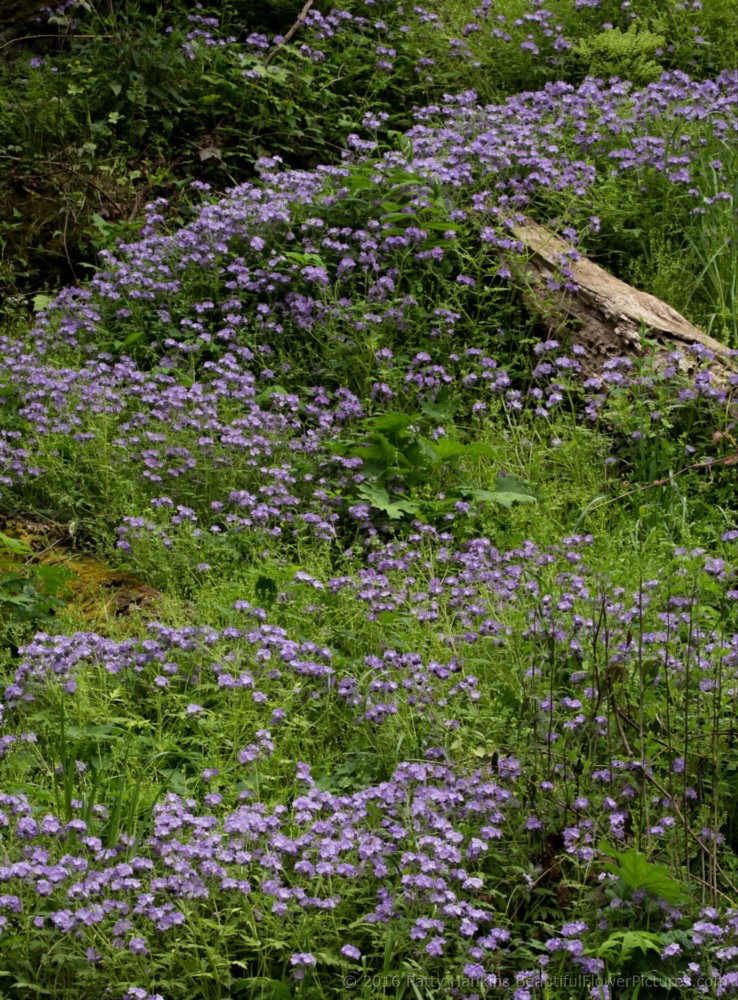
Purple Phacelia – phacelia bipinnatifida © 2016 Patty Hankins
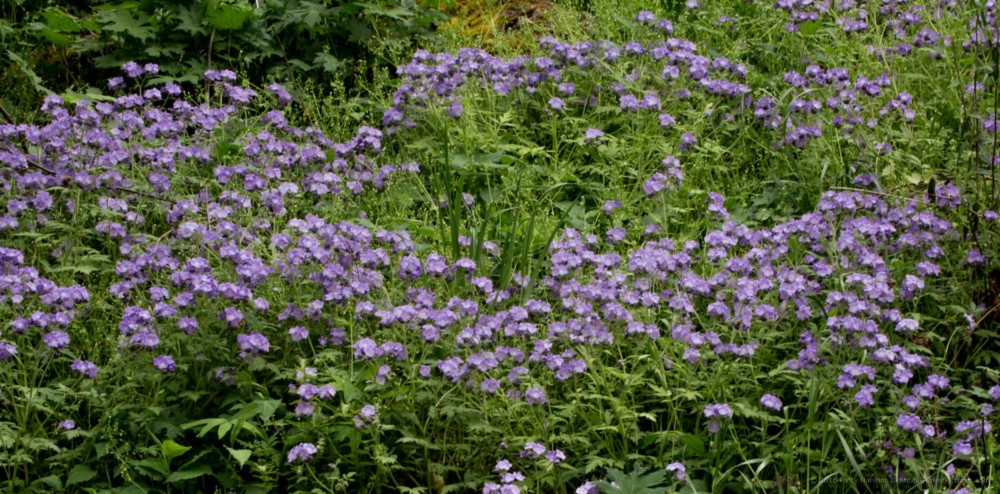
Purple Phacelia – phacelia bipinnatifida © 2016 Patty Hankins
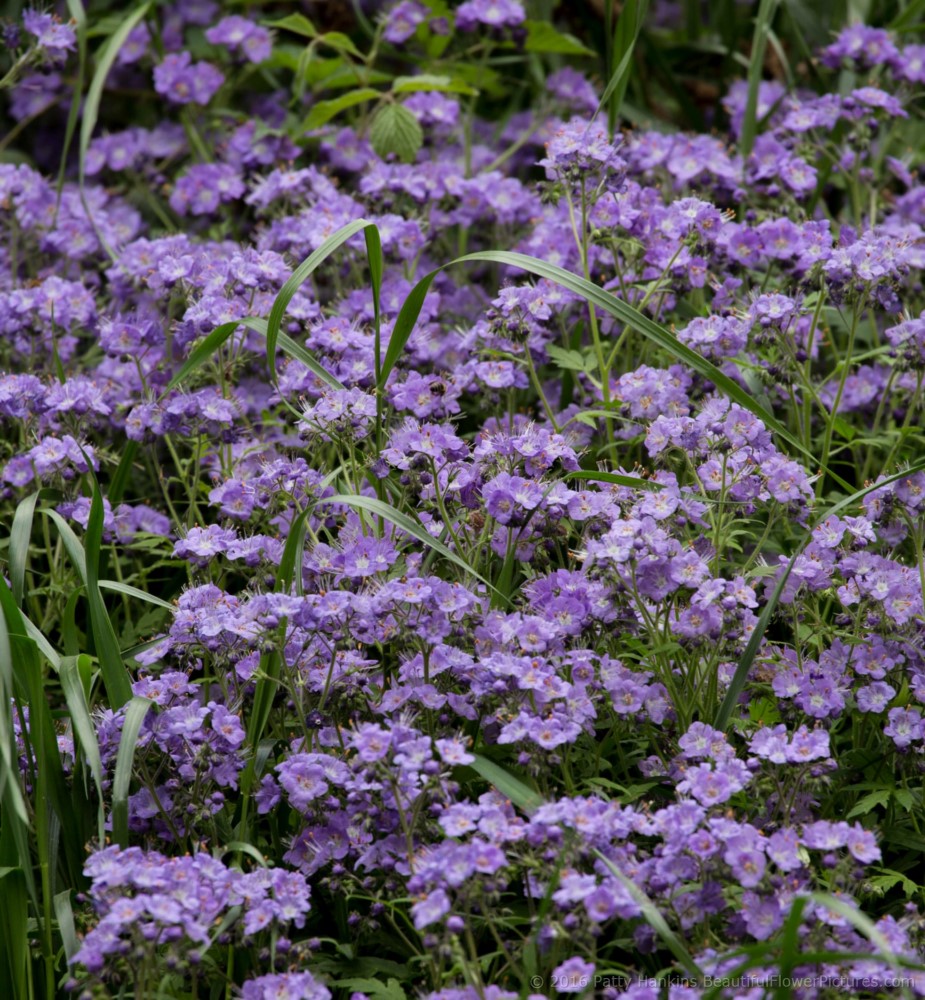
Purple Phacelia – phacelia bipinnatifida © 2016 Patty Hankins
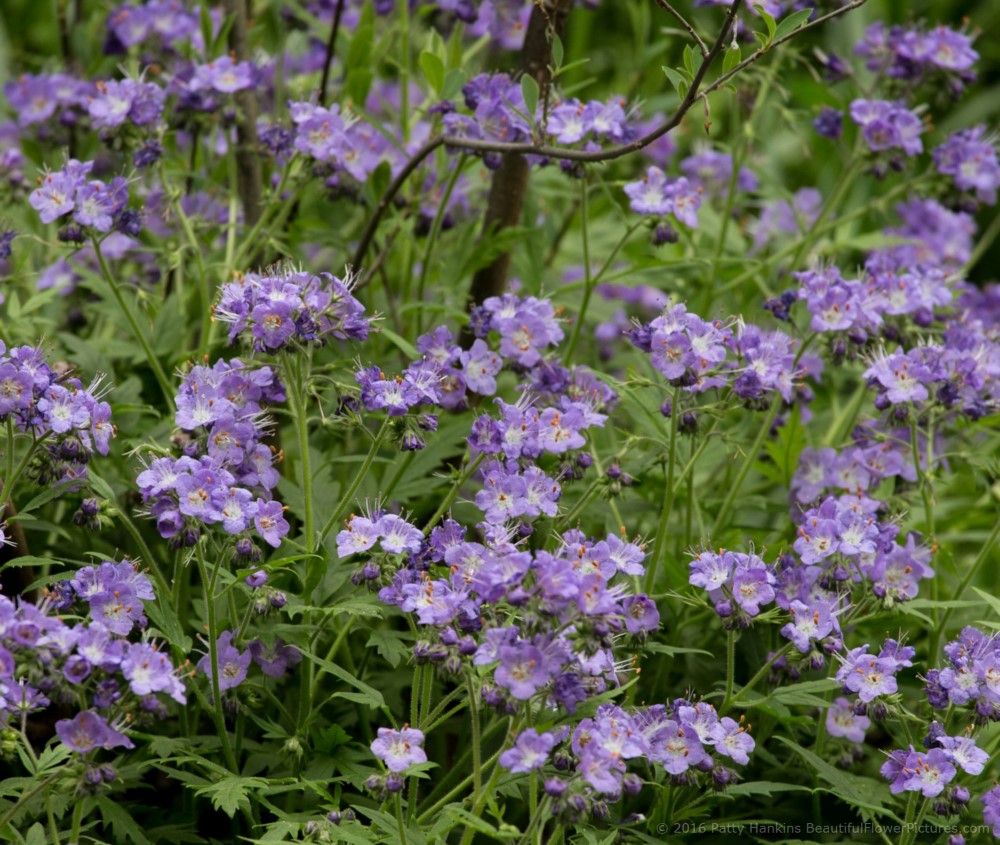
Purple Phacelia – phacelia bipinnatifida © 2016 Patty Hankins
I photographed some Tall Fringed Bluebells (mertensia ciliata) in the Gunnison National Forest in Colorado a few years ago. When I spotted them I knew they were a type of bluebell since they looked so similar to the Virginia Bluebells – just wasn’t sure what type.
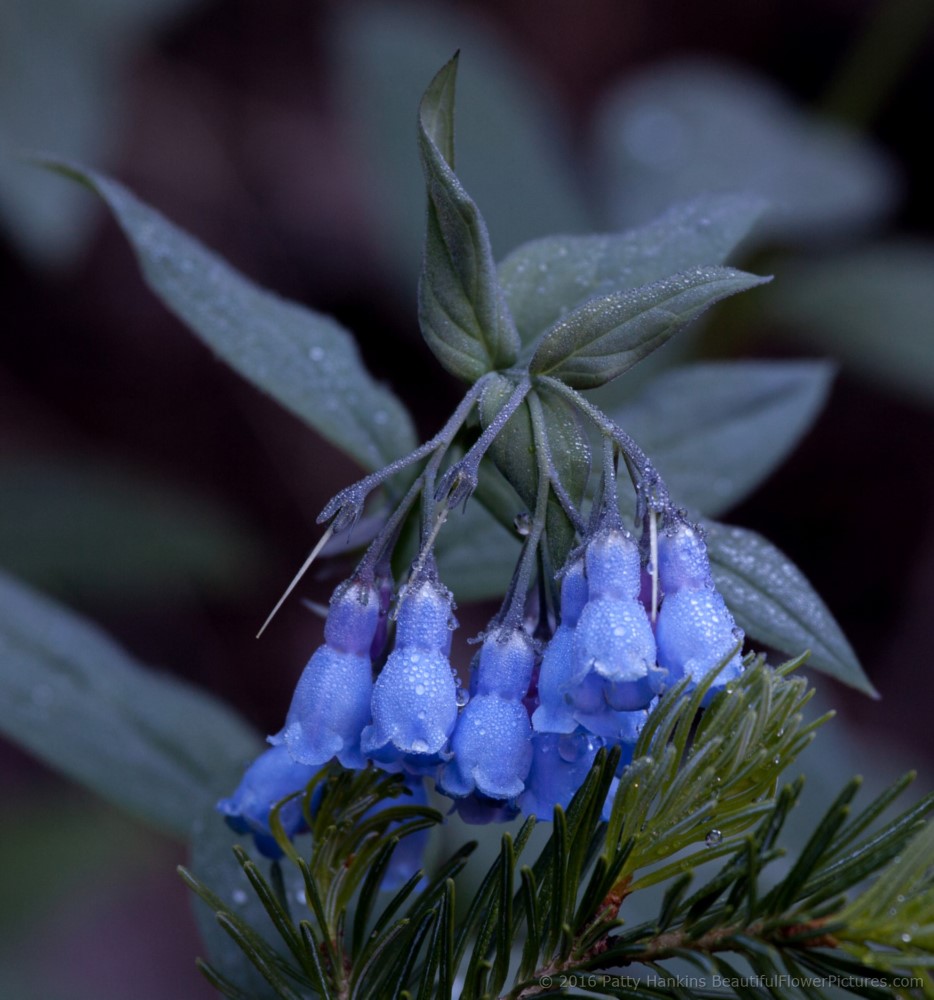
Tall Fringed Bluebells – mertensia ciliata © 2016 Patty Hankins
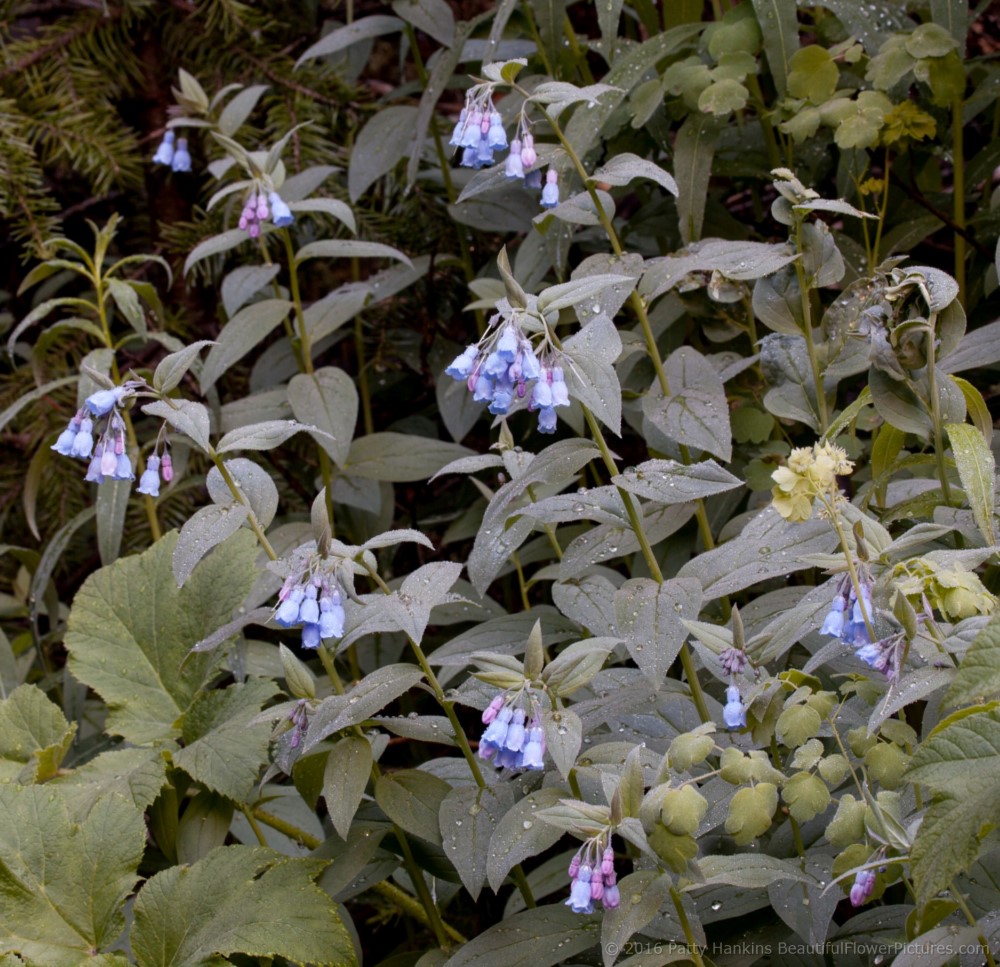
Tall Fringed Bluebells – mertensia ciliata © 2016 Patty Hankins
That same afternoon in the Gunnison National Forest, I found a single False Forget Me Not (hackelia floribunda) plant with a few blossoms.
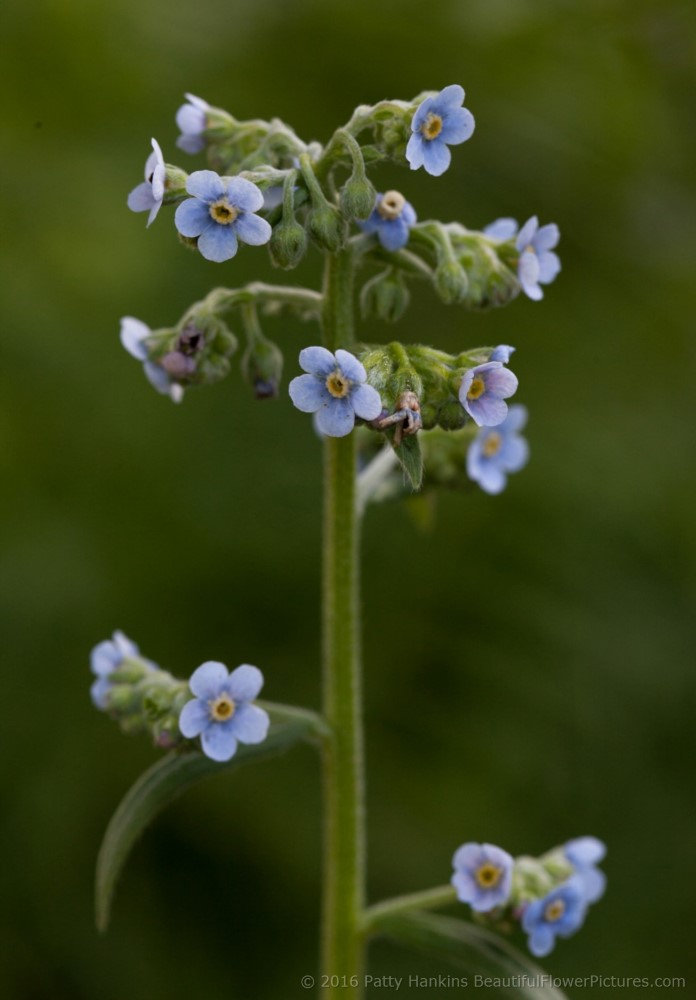
False Forget Me Not – hackelia floribunda © 2016 Patty Hankins
I hope you’ve enjoyed seeing some of my photos of members of borage family. I’m always on the lookout for new-to-me wildflowers – who knows – perhaps I’ll find another member of the borage family this year.
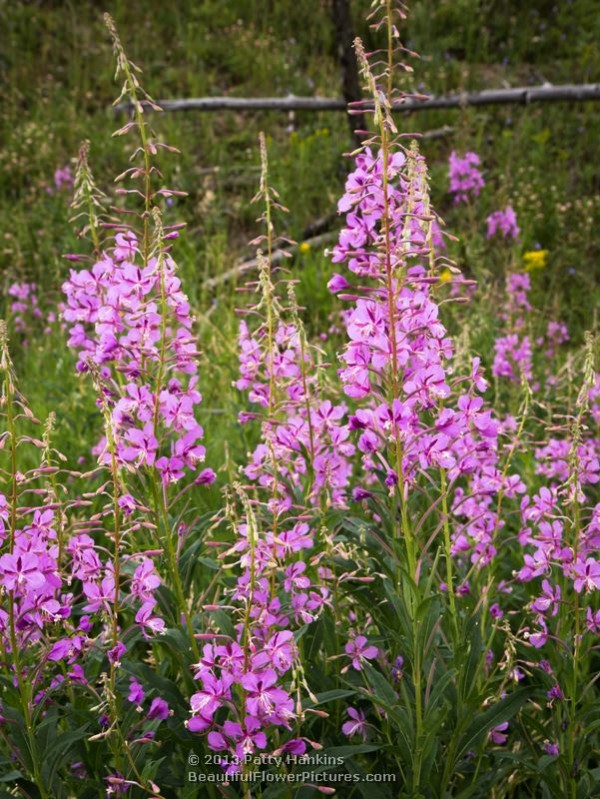
by hankinslawrenceimages | Aug 26, 2013 | Colorado, Flowers, Montana, Onagraceae Family, Wildflowers, Wyoming
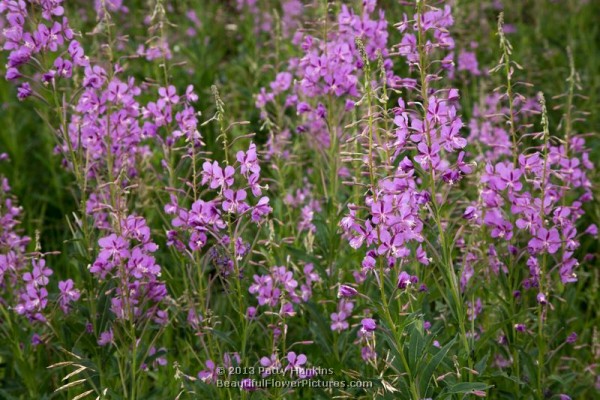
Fireweed © 2013 Patty Hankins
One of the wonderful western wildflowers I’ve photographed in several locations is Fireweed (chamerion angustifolium). The bright magenta flowers of this summer blooming member of the Onoagraceae (evening primrose) family are easy to spot. I’ve photographed it at Yankee Boy Basin in Colorado, and in Glacier, Yellowstone and Grand Teton National Parks.
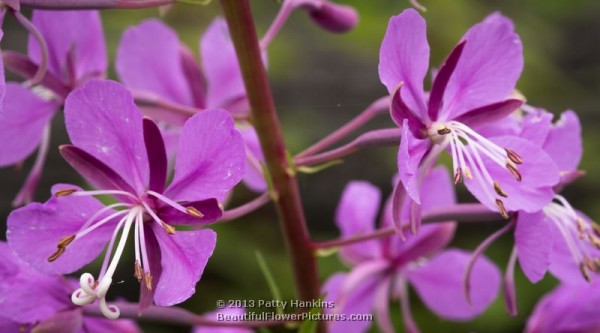
Fireweed © 2013 Patty Hankins
Fireweed is native to Canada and a few northern or mountainous states in the US, including Washington, Montana, Wyoming, Colorado, Minnesota and Indiana. Fireweed is also known as willow herb and french willow.
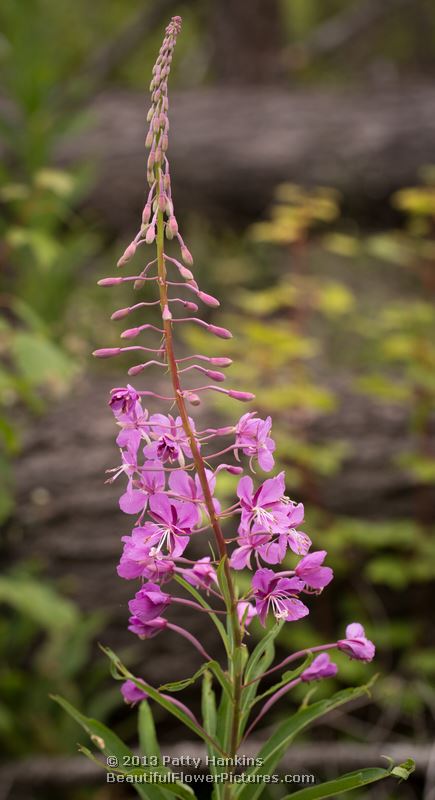
Fireweed © 2013 Patty Hankins
Fireweed can grow to a height of five feet tall. The bright magenta four petaled flowers are about an inch across. Stems are reddish with alternate leaves.
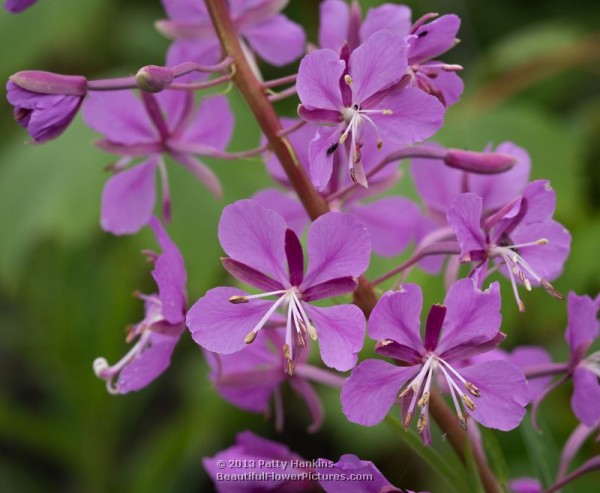
Fireweed © 2013 Patty Hankins
Fireweed grows in moist soil in areas with lots of sun. It is commonly found along roadsides and in clearings. It is one of the plants that first grows back in burned wooded areas – hence it’s name – fireweed.

Fireweed © 2013 Patty Hankins
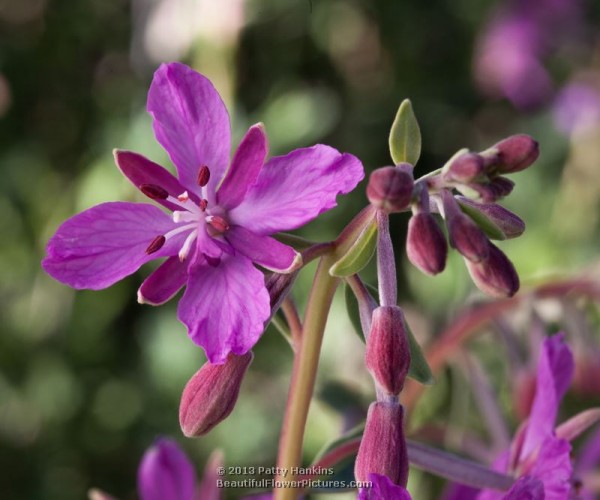
Fireweed © 2013 Patty Hankins
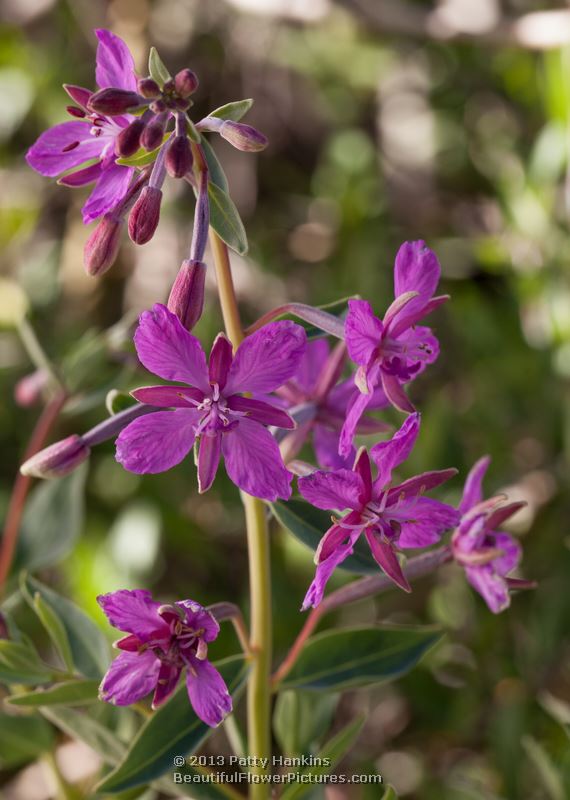
Fireweed © 2013 Patty Hankins
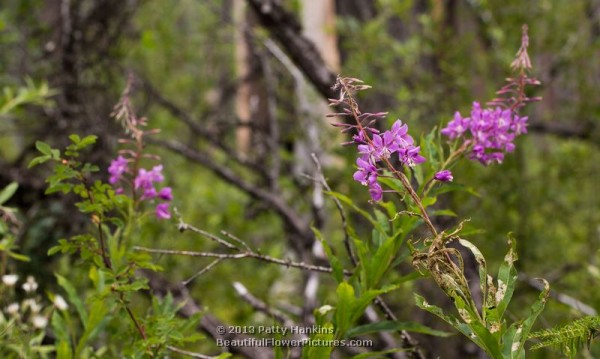
Fireweed © 2013 Patty Hankins
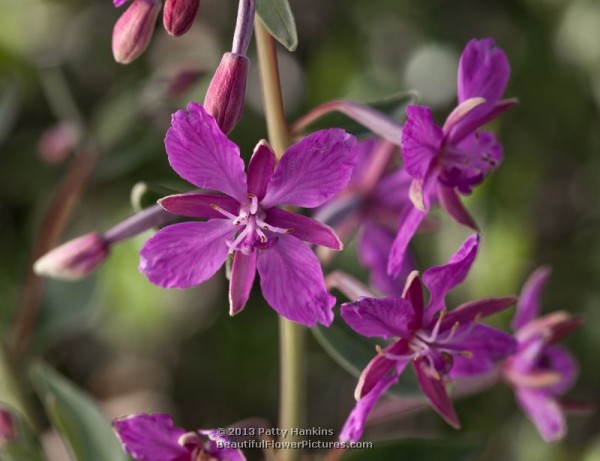
Fireweed © 2013 Patty Hankins
More information about fireweed can be found at
Lady Bird Johnson Wildflower Center
USDA Plant Profiles
by hankinslawrenceimages | Jun 3, 2011 | Colorado, Fabaceae Family, Flowers, Photo Locations, Photo of the Month, Ranunculaceae Family, Wildflowers
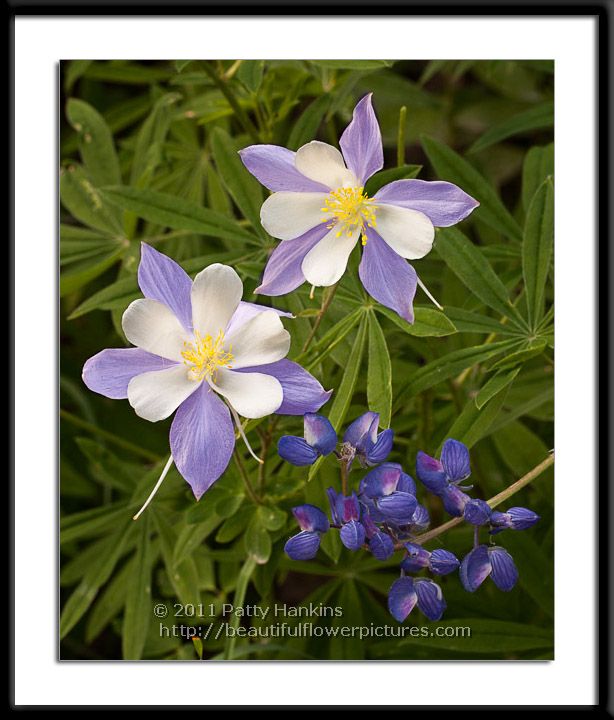 Colorado Blue Columbine & Silvery Lupine © 2011 Patty Hankins
Colorado Blue Columbine & Silvery Lupine © 2011 Patty Hankins
Last summer I spent a wonderful week in Colorado photographing wildflowers. Not only did I have a wonderful hiking in some National Forests, I discovered all sorts of new to me wildflowers. Two of my favorites were the Colorado Blue Columbine and the Silvery Lupine. I love the colors, the shapes and the textures in both flowers. So you can imagine how excited I was to spot some of each growing close enough together to that I could have both flowers in one photograph. This photograph of the Colorado Blue Columbine and Silvery Lupine is one of my favorite photos from the trip.
Until June 20, 2011, SAVE 20% off the regular prices for Colorado Blue Columbine & Silvery Lupine. The photograph is available through my website in two sizes of gallery-wrapped canvases.
Save $ 30 on the 12X15″ Canvas – regular price $ 147 – June Photo of the Month Price – $ 117.00
Save $ $ 110 on the 20X26″ Canvas – regular price $ 547 – June Photo of the Month Price – $ 437.00
Free shipping to U.S. Addresses for either size photograph.
As with all photographs from BeautifulFlowerPictures.com, Colorado Blue Columbine & Silvery Lupine comes with my Unconditional Happiness Guarantee. You have one year to decide that it is the perfect photograph for you. If it’s not, just return it (in original condition) for a full refund.
by hankinslawrenceimages | Feb 27, 2011 | Colorado, Fabaceae Family, Flowers, New Photos, Ranunculaceae Family, Wildflowers
 Columbine & Lupine (c) 2011 Patty Hankins
Columbine & Lupine (c) 2011 Patty Hankins
I’ve recently added a new photo – Columbine & Lupine – to my Beautifulflowerpictures.com website.
Colorado Blue Columbine (Aquilegia caerulea) and Silvery Lupine (Lupinus argentus) quickly became favorite wildflowers of mine on my trip to Colorado last summer. Let’s face it – I love purple – so discovering new wildflowers in wonderful shades of purple was wonderful. Late one morning I was driving along one of the roads in the Gunnison National Forest and I spotted some a group of Columbines and Lupines growing right next to each other. So of course – I had to stop and set up my tripod on the side of the road. I did get a few strange looks from people driving by – they couldn’t figure out why I stopped at that particular location – and pointed my camera where it was pointed (there were some beautiful trees just across the street). But I’m glad I did stop – I really like this combination of the Colorado Blue Columbine and Silverly Lupine. I hope you enjoy it as well.
This photograph is available as either a 12X15 or 20X26 ″ gallery-wrapped canvas. You can order Columbine & Lupine from my website and I will have it available at shows.
by hankinslawrenceimages | Feb 10, 2011 | Asteraceae Family, Colorado, Flowers, Wildflowers
If you haven’t noticed – I’m ready to be done with winter and ready to be back out photographing wildflowers. Since nothing is blooming yet here in the DC area, I’m looking back over some of the wildflower photos I took last year. I decided it was time for a bunch of bright yellow flowers. All of these flowers are members of the Aster family and were photographed on my trip to Colorado last summer.
Yellow Salisfy (Tragopogon dubius). Native to Europe, Yellow Salisfy is found throughout the United States except for Hawaii, Florida, South Carolina, Louisiana and Mississippi. It grows to about 4 feet tall along roadsides and in fields. It is also known as Goat’s Beard.
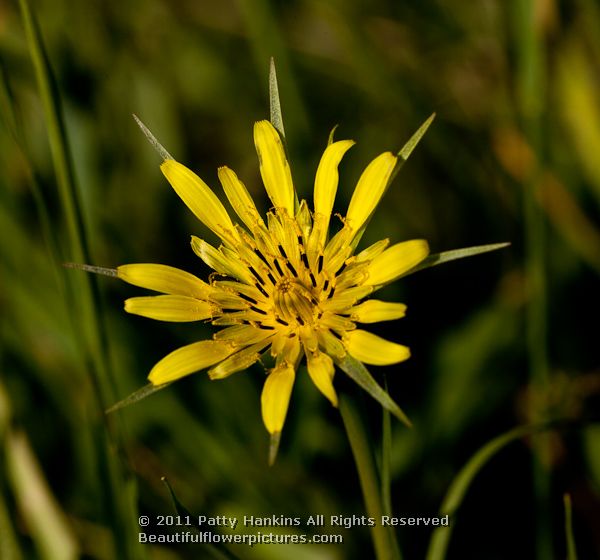 (c) 2011 Patty Hankins
(c) 2011 Patty Hankins
Nodding Sunflower (Helianthella quinquenervis). Nodding sunflowers are native to much of the western United States. They generally have one flower – that appears to nod or bow it’s head. It has five prominent veins in the leaves – which the species name quenquenervis refers to.
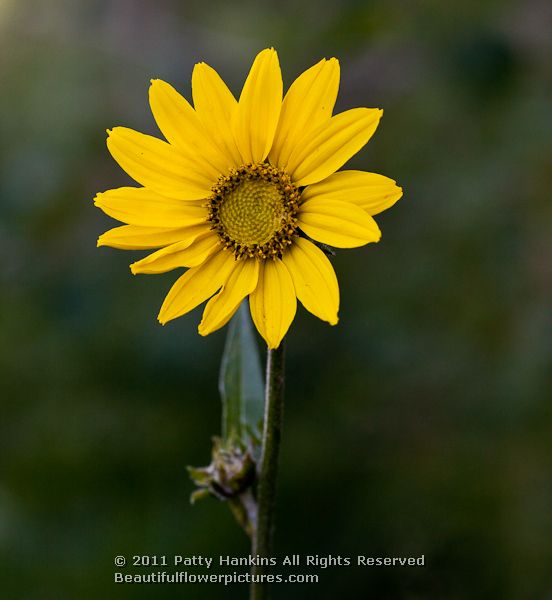 (c) 2011 Patty Hankins
(c) 2011 Patty Hankins
Arrowleaf Balsamroot (Balsamorhiza sagittata). Arrowleaf Balsamroot is another bright yellow flower native to much of the Western United States and Canada where Native Americans used them for both food and medicine. The leaves of the Arrowleaf Balsamroot are arrowshaped – hence it’s name. It is not uncommon to see hundreds of Arrowleaf Balsamroot in a field.
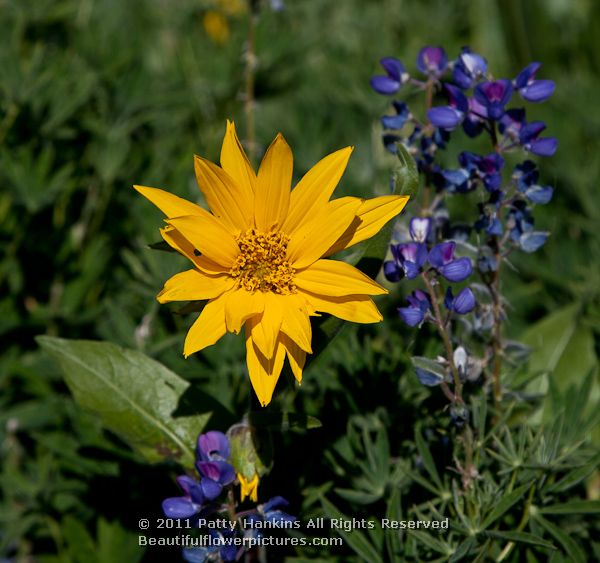 (c) 2011 Patty Hankins
(c) 2011 Patty Hankins
Orange Sneezeweed (Dugaldia Hoopesii). Also known as Owl’s Claws, Orange Sneezeweed is native to much of the western United States. The pollen of these plants can cause serious sinus problems for some people – thus the name sneezeweed. Sheep ranchers dislike the plant – it can cause spewing sickness in sheep when they eat it.
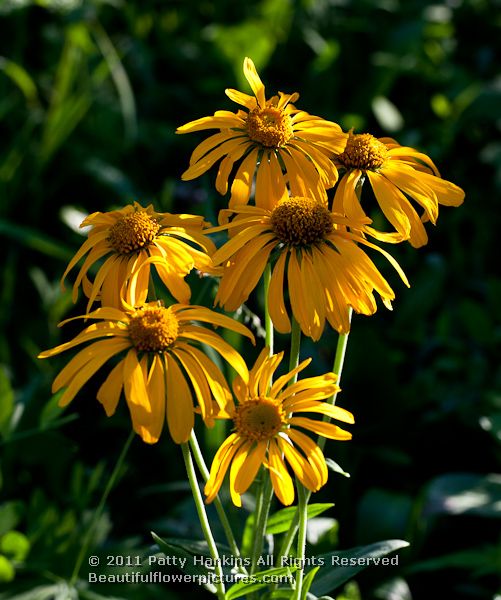 (c) 2011 Patty Hankins
(c) 2011 Patty Hankins
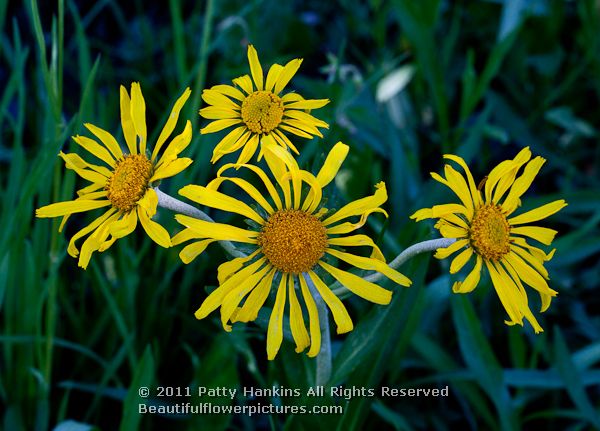 (c) 2011 Patty Hankins
(c) 2011 Patty Hankins
I hope this set of bright yellow wildflowers had helped brighten up your day.
by hankinslawrenceimages | Jan 20, 2011 | Colorado, Flowers, Gentianaceae Family, Photo Locations, Wildflowers
Last summer while I was photographing wildflowers in Colorado, I kept seeing groups of really tall plants. Finally on my last day of the trip, I was able to get close enough to some to get a good look at them, and photograph them. Now that I’ve figuredout what they are, I wish I’d spent more time with them.
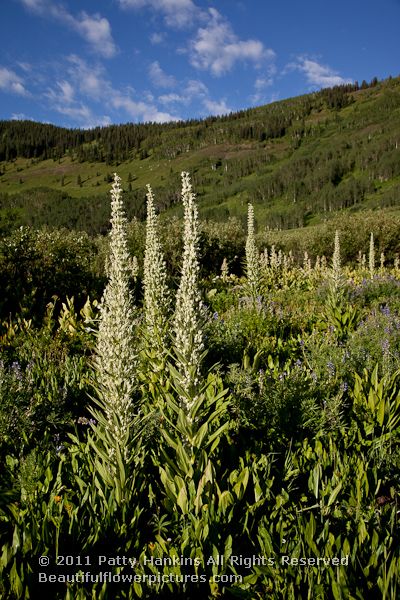 (c) 2011 Patty Hankins
(c) 2011 Patty Hankins
The plants are Frasera speciosa – commonly known as Monument plants, Elkweed or Green Gentian. A member of the Gentianaceae family, it can grow to 8 feet tall! The ones I photographed were probably close to that size. I certainly couldn’t see the tops of them without backing up and looking up. Long thought to be a biennial, research has shown that the Monument plants have a much more unusual life cycle. They are monocarpic plants having a lifespan of up to 80 years – and flowering only once during their lifetime. After they flower, the plants die. Another well known monocarpic plant is the century plant.
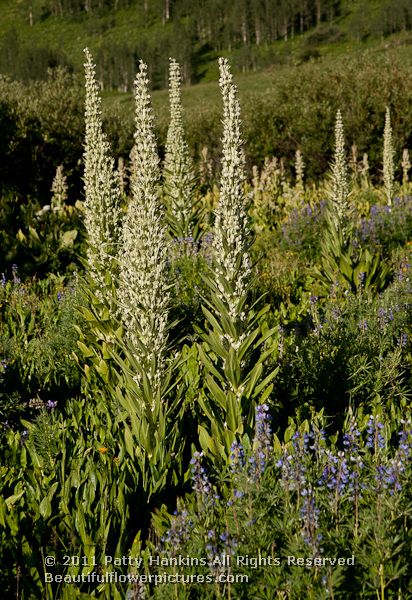 (c) 2011 Patty Hankins
(c) 2011 Patty Hankins
Scientists suspect that environmental factors can cause a mass bloom like was seen in 2010 in Colorado. Research by Dr. David Inouye of the Rocky Mountain Biological Laboratory indicates that 4 years after a wet July & August, the monument plants form the flowering stalks.
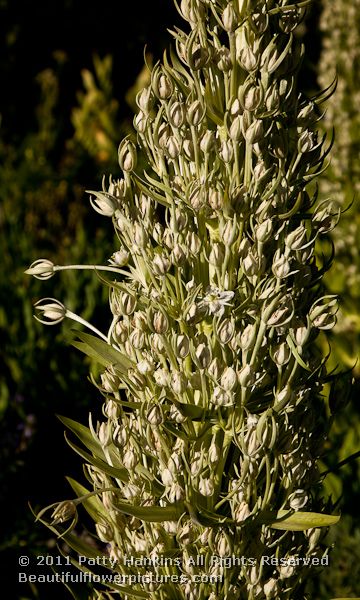 (c) 2011 Patty Hankins
(c) 2011 Patty Hankins
Monument plants are native to much of the western United States. They tend to grow in open mountain meadows, which is where I found them. They can grow to 8 feet tall with pale green lance shaped leaves of up to 18″. The flowers have either four or five sepals, are greenish white with purple glands and stiff hairs. The ones I photographed had four sepals and I didn’t see any of the purple glands. In some photos I’ve seen of the plants, the purple is very distinctive.
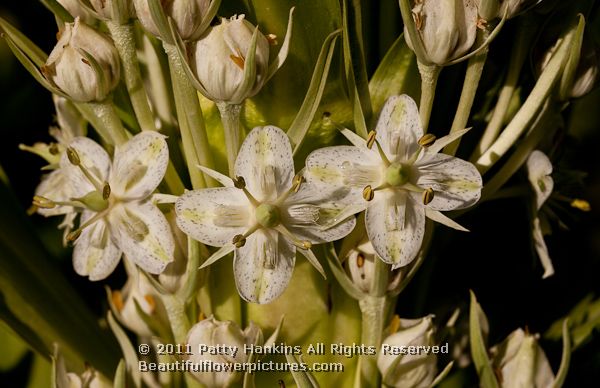 (c) 2011 Patty Hankins
(c) 2011 Patty Hankins
Apparently I was very lucky to have seen this many monument plants blooming in Colorado last summer. I wish I’d been able to identify them earlier in the trip and had taken more photographs of them. Oh well, I can always hope to see more of them on future wildflower photography trips.
Some online sites with more information about Frasera Speciosa include
Southwest Colorado Wildflowers (I just found this site while researching the Monument Plants – it has lots of wonderful information!)
USDA Plant Profile
The Burke Museum of Natural History and Culture
Turner Photographics
Vascular Plants of the Gila Wilderness
Botany Photo of the Day
Lady Bird Johnson Wildflower Center
































